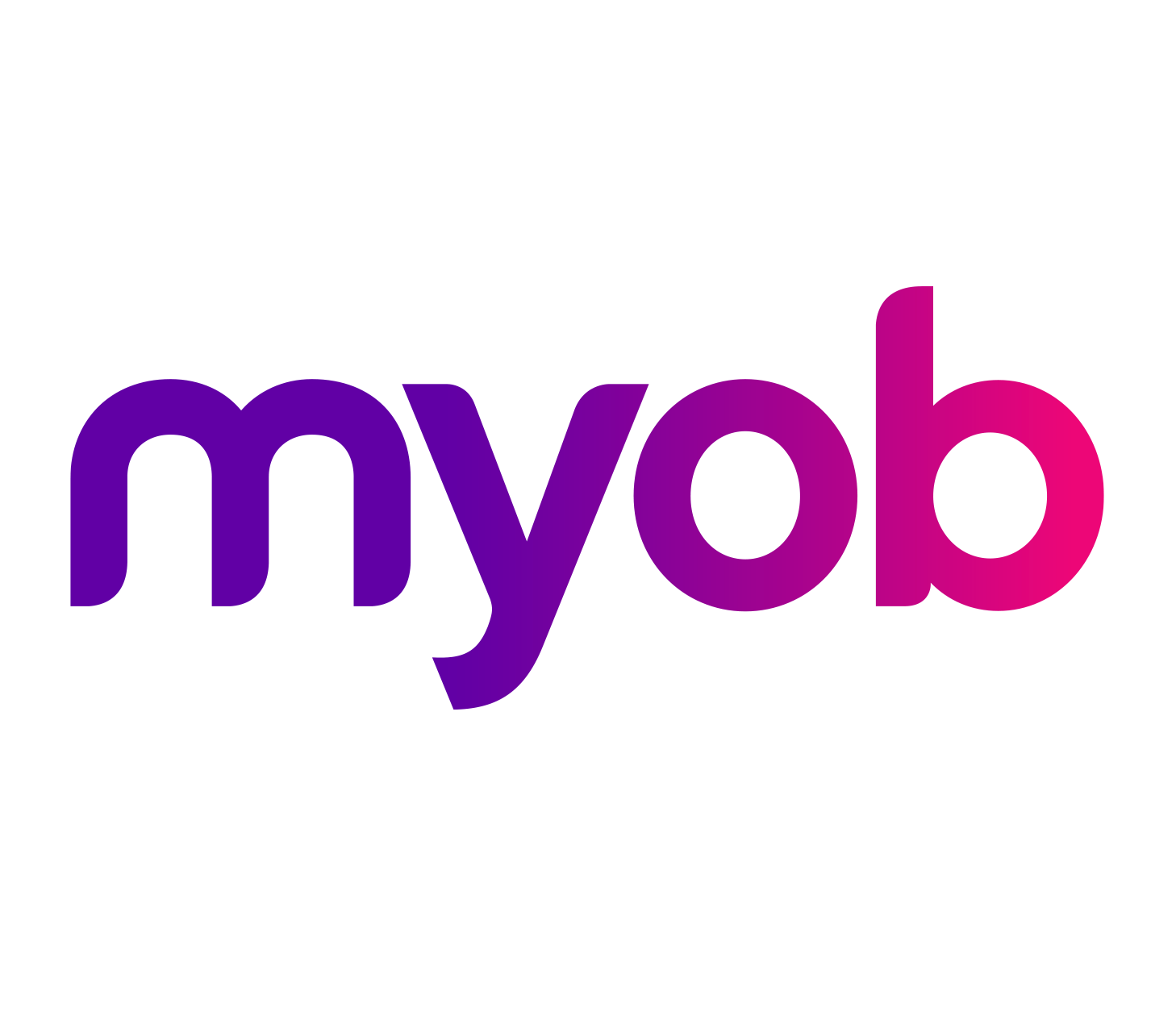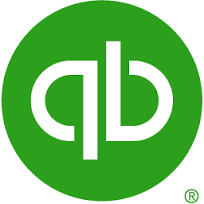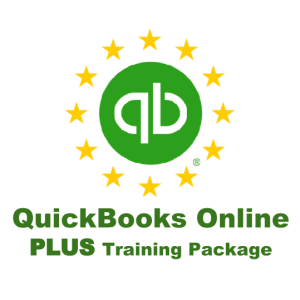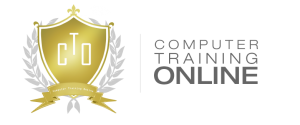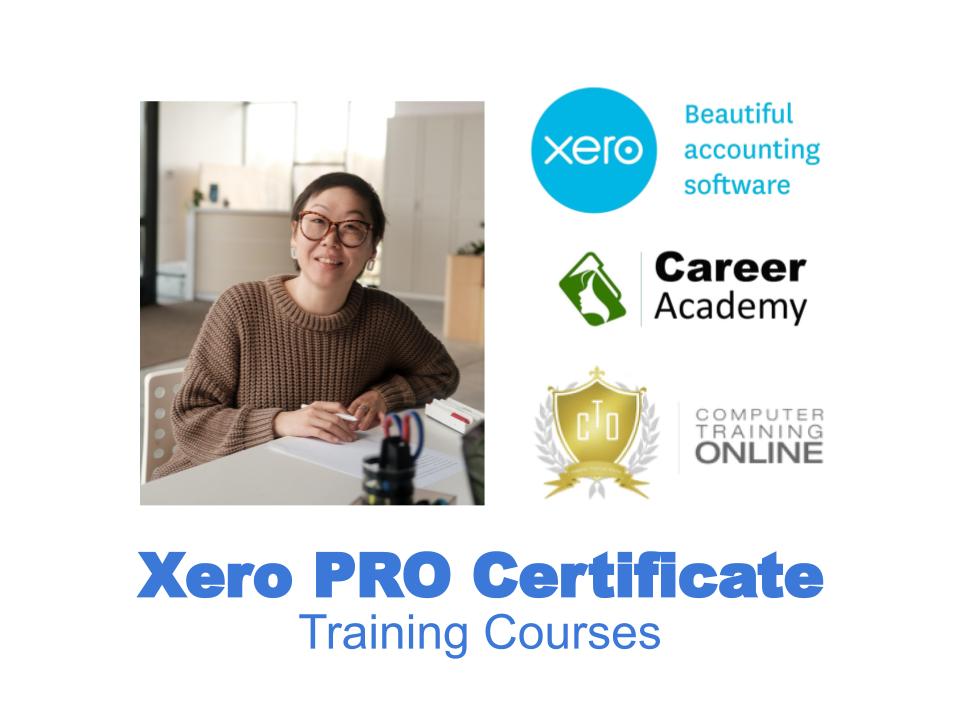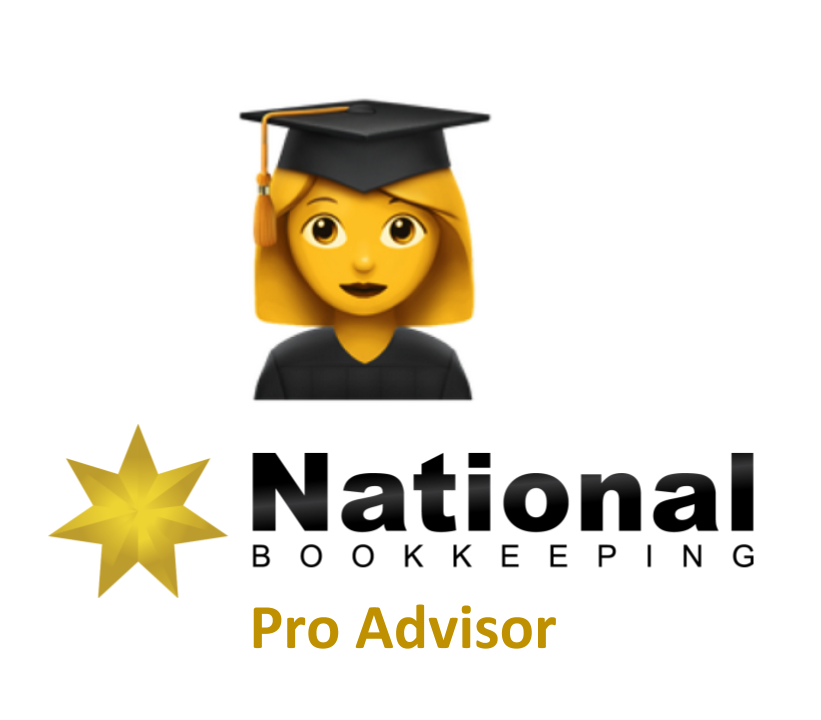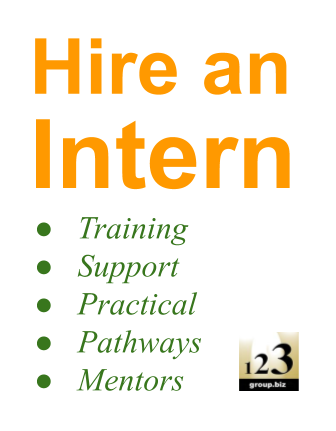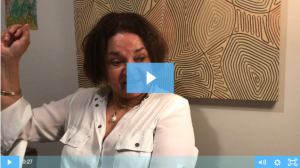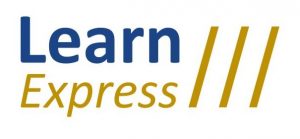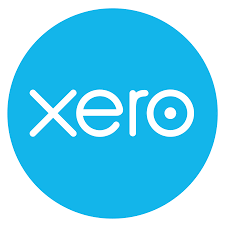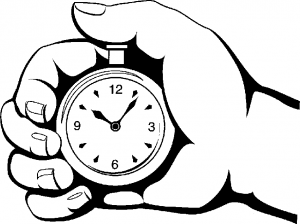Description
Advertising of BAS services is legislated by the TAX AGENT SERVICES ACT 2009 so before you engage the services of any person in our directory please be certain to ask for their BAS agent number. For more information click here
1 MYOB Essentials Online Daily Transactions Training Course
This course is ideal for any organisation or business, small or large, which sells products and services. This might include tradespeople (electricians, mechanics, plumbers, carpenters, painters, bakers and chefs, hairdressers, occupational therapists — the list goes on). MYOB is often preferred by bookkeepers and accountants employed to work with numerous small businesses.
In terms of our Online Daily Transaction Course, you will start the process by performing a simple purchase and payment for office cleaning services. From there you’ll delve into purchases of inventory items. Before purchasing inventory items, you will need to create them and enter the information that will later be used, not only buy them wholesale, but also to sell them to your customers.
Course Duration: 12 hours
Topics included:
Customer and Supplier Cards
After creating our inventory items, we create suppliers and then purchases of our inventory items. At this stage you can allocate default settings for each card, like:
- Expense Account
- Purchase Memo and Comments
- Supplier Terms and more…
Purchases
Once you have supplier invoices you have accounts payable and we explore how to pay for these invoices. We explore full and part payments as well as accounts payable reports, vendor payment terms, and ageing periods.
Sales
The first part of the sales process is to offer your products and services for sale. Where a full solution of products and services is required, the first step is usually to provide the prospective customer with a quotation — something which MYOB Essentials enables you to do.
MYOB Essentials enables you to create your quotation on the spot while you are at your customers site (or not that long after). It is then stored in the software to easily convert to an invoice if your client accepts your quote. The MYOB Essentials beginners course takes you through these steps with practical step-by-step exercises.
This process of being able to quote up front makes things much faster and easier than, say, providing a quote in Word or Excel and then having to re-enter all the data into MYOB for invoicing.
When a company sells its products and services the important process of debt collection begins — almost immediately. Every invoice goes out with the selling terms indicated and can include:
- Prepaid
- COD
- Nett 7 days
- 7 Days after end of month (EOM) etc.
Credit Management
Creating and Applying Credits
In the event that fewer products were supplied, or the installation took half the time expected, you may want to credit your customer. The course shows you how to create a credit and apply it to the invoice where it should be applied, to or a new invoice.
Receiving Payments and Banking
Payments can be received in one large transaction or bit by bit and MYOB Essentials helps you keep track of every single payment. The course takes you through several different scenarios, including the situation where you have a bank account AND a payment account like PayPal, Stripe or Square.
Cash-Based and Accrual Accounting
The MYOB Essentials Online Daily Transaction Course is designed to give you skills relating to cash-based accounting as well as accrual accounting. The difference is that cash-based accounting relates only to money you have in your bank account and money you have spent.
Accrual accounting is based on money that is owed to you, and that you owe, even though it may not be in the company bank account at the time of reporting.
Business Financial Reporting
An important aspect of accounting is to have a good understanding about the current financial position of a business, including how much money is owed to the business and how much the business owes.
This MYOB Essentials course includes training on Accounts Receivable and Accounts Payable courses as well as an introduction to important higher level reports for Profit and Loss and Balance Sheet.
2 MYOB Essentials Online Bank Rec, Month End & Journal Entries Training Course
Bank feeds enable business owners to speed up the process of reconciling their bank statement/s to their accounting software. This course goes through typical end-of-month tasks, transactions and reconciliations. It shows you how to correct transaction entries.
Explore a bank statement and enter data for that period as well as the direct debit transactions. Explore ad hoc payments for director wages, capital purchase of a vehicle and depreciation of that vehicle, plus alternatives like leasing or second hand car purchase under $20,000. You’ll perform a bank reconciliation that doesn’t balance and then go through the entries to sort out the issues and mis-typing that happens in most businesses.
- Entering and coding direct debits
- Interest payments and charges
- Coding capital purchases
- Understanding depreciation
- International credit card payments and charges
- Basic payroll entries for micro businesses
- Loans to and from the company
- Experience a bank rec which doesn’t balance
- Rectify entries to complete the bank reconciliation
Course Duration: 3 hours
MYOB Essentials Online Training Workbook Scenario
In the MYOB Essentials Online Bank Reconciliation and Journal Entry scenario we profile a small business owner just starting out. This business owner lends the company money for cashflow, buys a car that needs to be depreciated, spends money on advertising and marketing to build awareness, makes some small sales and pays themselves a wage on an ad hoc basis depending on their bank balance. (Note: paying yourself from day one is vitally important — you would be paid as an employee for any work you do!)
The purpose of this workbook is to take students through common entries that occur on a one-off basis and that are not normally part of the quoting, invoicing and payment entries that occur in the MYOB Essentials Online Daily Transactions Course.
Bank Reconciliation — Loan Account
Loans from the business to owners and directors requires it’s own compliance checks, but in this section of the course we’ll include the transactions and code you need to enter to keep a record of funds loaned to the business, including:
- creating a loan account,
- transferring loan funds,
- transaction details and accounts payable,
- setting up accounts payable,
- linked accounts and
- editing or deleting a transaction entry.
Bank Reconciliation — Entering Transactions
This course contains a bank statement where you’ll need to enter and code the transactions then run a bank reconciliation to discover that there are omissions and errors that you’ll need to fix – you’ll get to see what this looks like and then edit and enter the correct transactions and complete the reconciliation.
- Creating customer cards,
- creating inventory items,
- entering a sale and payment,
- spending money,
- receiving money from a client
- reconciling to your bank statement.
Bank Reconciliation – International Credit Card Payments
Often the service in overseas countries is cheaper or better or there simply isn’t an available comparative product in Australia so we pay for overseas services. When we do this we don’t pay GST and we incur credit card charges. You’ll learn how to manage
- journal entries,
- GST and tax coding and
- reconciling.
Handling Basic Payroll Transactions
If you are a small business you may pay yourself, your partners or even casual workers adhoc amounts each week or month. These transactions need to capture the right codes and also be included in your bank reconciliations. As long the correct amount of tax is paid and the employers’ obligations are met then the business owner is doing everything right. We’ll show you how some small companies manage these transactions.
Purchasing Assets – Company Vehicle
There will be times when larger equipment is purchased and it’s paid for from your operating cash flow. In this situation the asset isn’t written off as an immediate expense but depreciated every year for a certain number of years. You’ll learn how to code this type of transaction correctly.
[gravityform id=”1″ title=”true” description=”true”]

